It is a common misconception that sleek, aerodynamic designs indicate high-speed performance in cars. However, the truth is that car manufacturers often use visual illusions such as curvy lines, bulging hoods, and spoiler wings to create a false impression of speed. While these cars may look fast, their acceleration is less impressive. It is crucial to understand that several cars prioritize style over performance. These 15 cars teach you that judging a car solely by its appearance can be misleading.
Toyota Celica
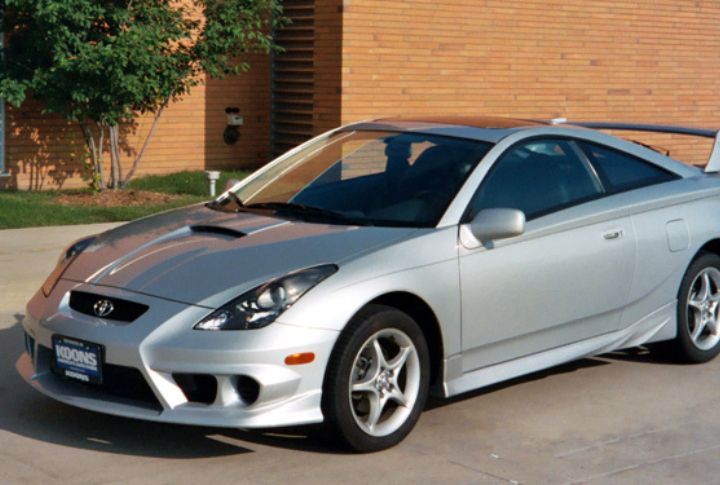
Toyota produced the Celica from 1970 until 2006. Its name is derived from the Latin word coelica, meaning heavenly or celestial. However, nothing was heavenly about its speed! The carmaker discontinued the Celica in 2006 due to declining sales and other valid reasons. It had sleek curves and looked like the ideal aerodynamic car, but its 1.8-liter VVT-I, producing just 145 hp, was the deal breaker.
Toyota GT86/Scion FR-S
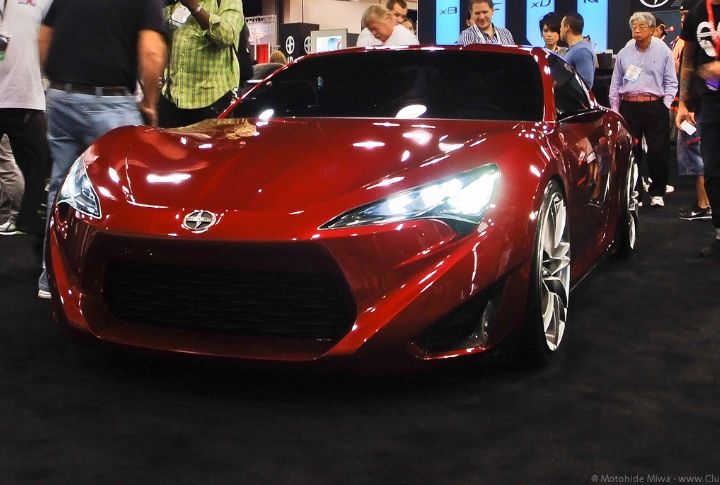
These cars were produced jointly by Toyota and Subaru from 2012 to 2016. They were the same but had different badges and minor trim variations. The GT86 sold until 2021, but Scion discontinued the FR-S in 2017 when they closed shop. While critics praised them for their handling, balance, and lightweight, they despised their mediocre speed. The GT86 produced a meager 200 HP, while the FR-S could only muster 137mph.
Fisker Karma
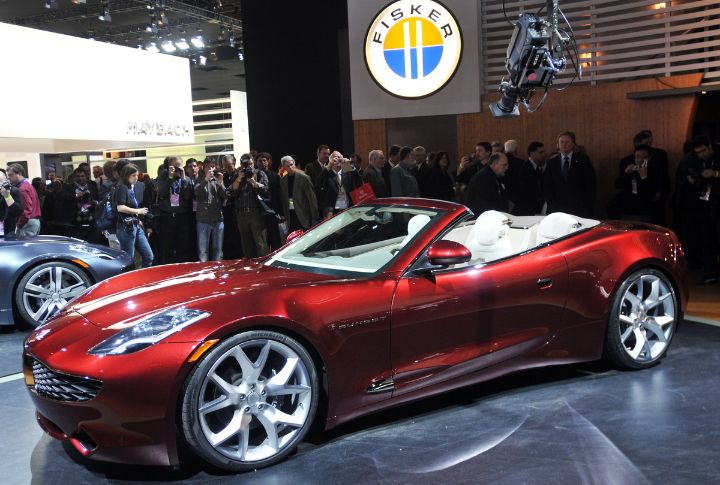
The Fisker Karma was a plug-in hybrid luxury electric vehicle (PHEV) designed by Henrik Fisker and produced by Fisker Automotive. It was one of the world’s first production luxury PHEVs, and it is known for its stylish design, advanced technology, and eco-friendly performance. However, the expensive Karma was a no-show for racing, producing an inferior top speed of 125 mph.
DeLorean DMC-12
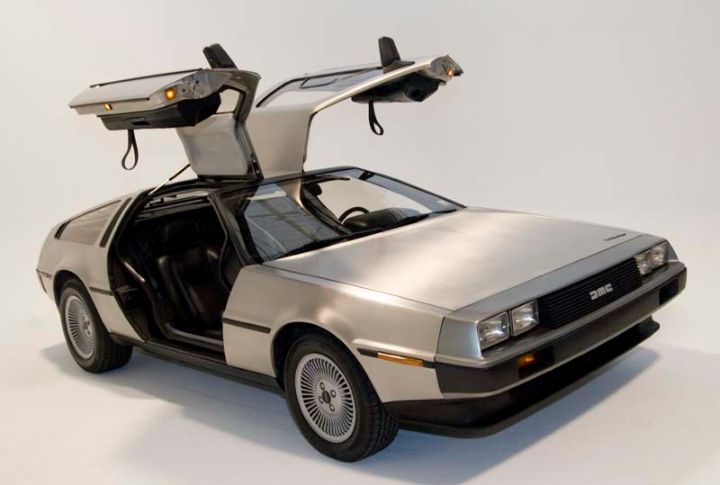
Fondly nicknamed for its original target price of $12,000, the DMC-12 was an innovative sports car manufactured by DeLorean Motor Company (DMC) in Northern Ireland. While it achieved fame for starring in the “Back to the Future” film franchise, the car itself had a fascinating, short-lived history. Its beautiful body panels of brushed 304 stainless steel couldn’t save its face with a mediocre top speed of only 130mph.
Hyundai Coupe
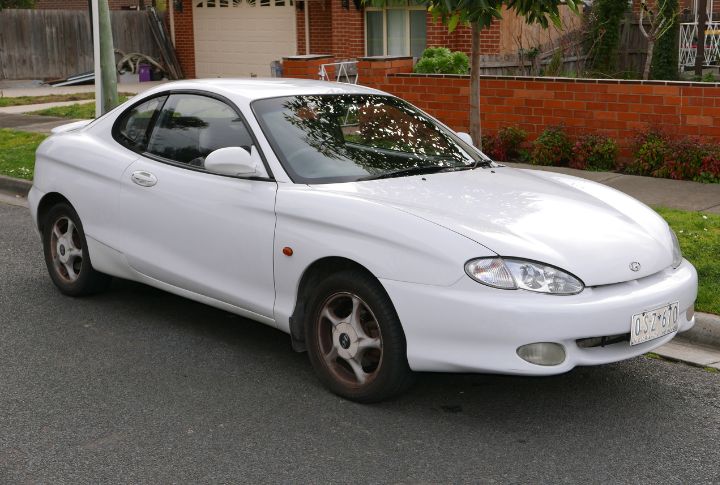
In some markets, the Hyundai Coupe, or the Hyundai Tiburon, was a sports car produced from 1996 to 2008. Since it was stylish and affordable, it was popular with young drivers who wanted sleek cars without heavy insurance. However, they had to sacrifice the speed in this deal, getting only 115mph.
Ford Mustang King Cobra
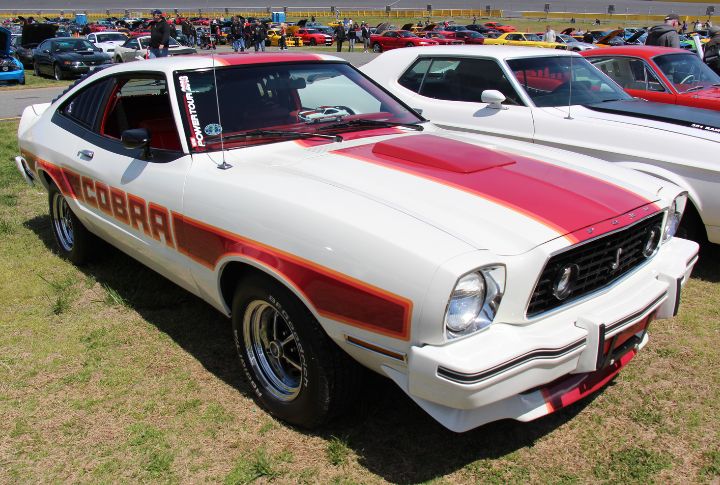
Despite its name, the King Cobra isn’t the most powerful Mustang ever made. Due to emissions regulations, its engine could deliver only 139 horsepower. Nevertheless, it is notable in Mustang’s auto history since it worked well when the oil crisis downsized American muscle cars.
Mitsubishi Eclipse Spider GS
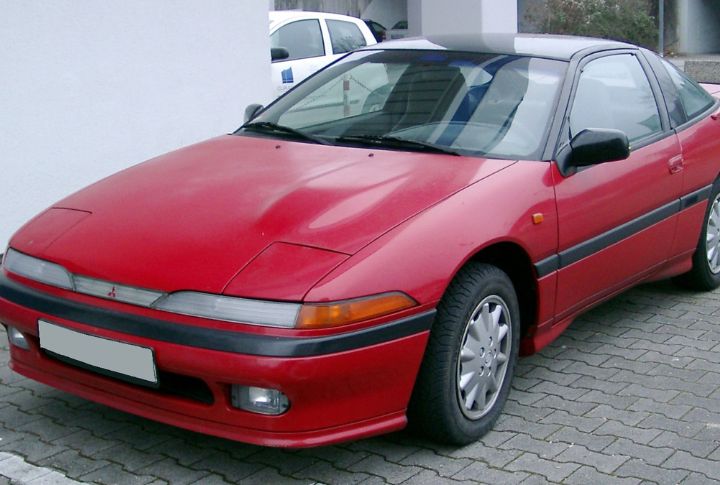
The stylish Eclipse Spyder GS was the convertible counterpart to the Eclipse, allowing riders to enjoy open-air driving enjoyment. While the 2.4L engine offered decent performance for everyday use, some drivers didn’t admire some of its features. It weighed 1589kg (3505 lb), lacked enough power, and produced a disappointing 149 HP.
Audi 100 Coupe S
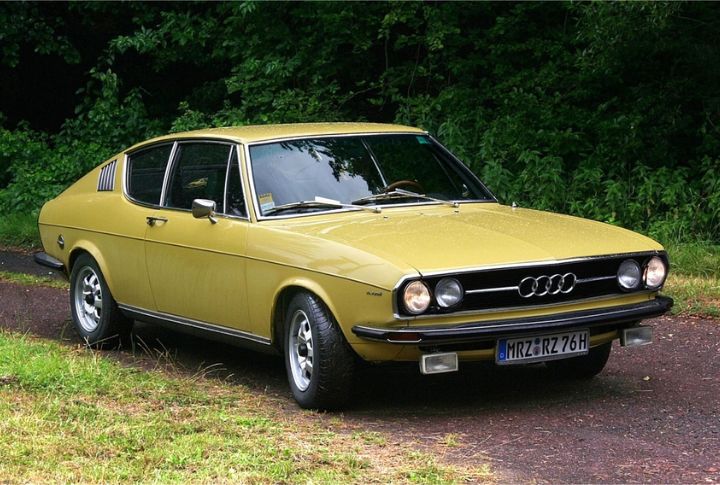
The grand touring Audi 100 Coupé S was a stylish, powerful two-door coupe with pop-up headlights. This fastback had a front engine with a front-wheel-drive build. Since it was one of the first front-wheel-drive coupes in the European market, we could forgive its average speed of 120 mph (190 km/h).
Mazda RX-8
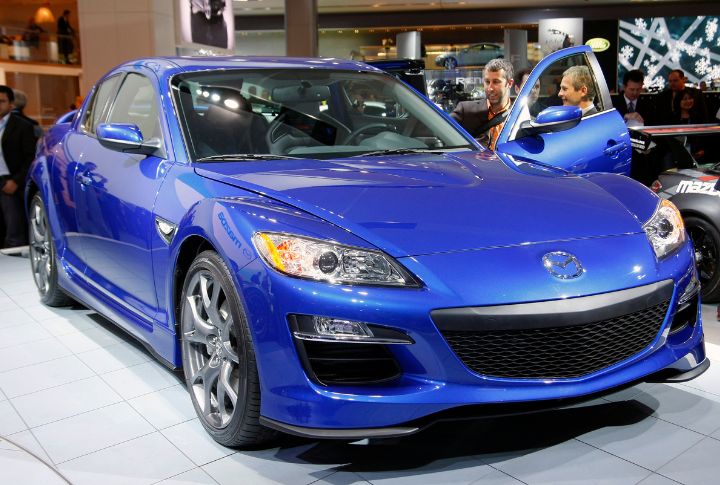
The RX-8 had a four-door design with rear suicide doors, which opened in the reverse direction of traditional car doors, making entering and exiting the rear seats easier. It also had a stylish interior with leather seats and a sunroof. Despite its elegant appearance, the 189 HP was disappointing. Mazda discontinued the model in 2012 due to several factors, including declining sales.
Pontiac Fiero
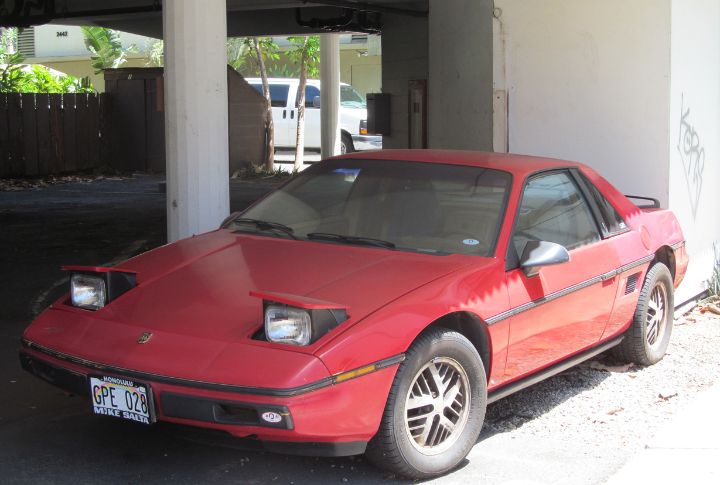
It attempted to bridge the gap between an affordable daily driver and a sporty weekend car. The designers placed the engine behind the driver and passenger compartment in front of the rear axle for a more balanced weight distribution and better handling. Unfortunately, these engines could only give horsepower ranging from around 90 to 120 HP.
Mazda MX-30
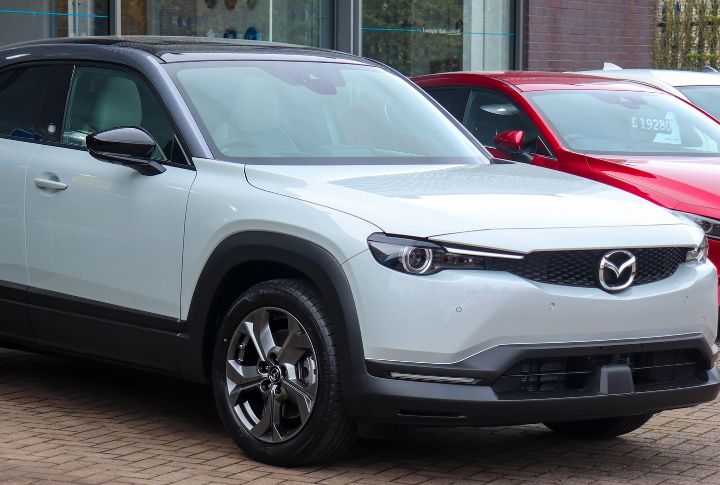
This subcompact crossover SUV stands out for its style and focus on environmental sustainability. Although the MX-30 had several powertrain options, the speed was disappointing. The Battery Electric Vehicle (BEV) could only go about 100 to 125 miles at 87mph on a single charge. As expected, Mazda discontinued the MX-30 in the US after selling only 600 units.
Mazda Miata (MX-5)
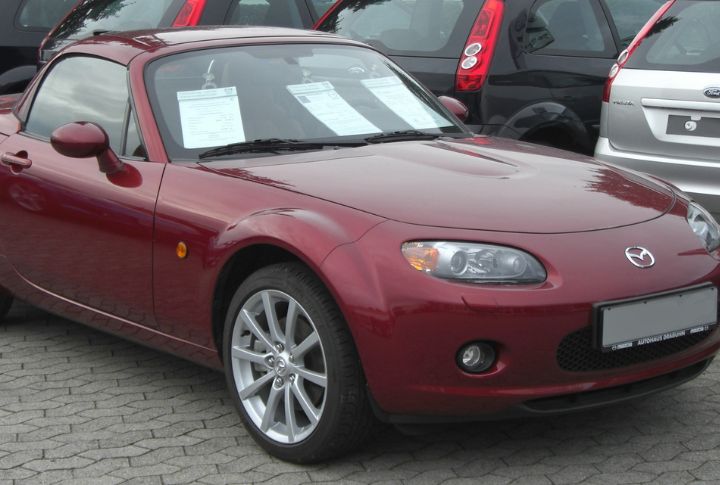
The MX-5, also known as the Mazda Miata, is a lightweight two-seater roadster with a front mid-engine and a rear-wheel-drive layout. Despite being marketed as the Mazda Roadster, the engines of earlier models could produce just 116 hp. However, drivers enjoy cruising in this open-air vehicle.
Mitsubishi FTO
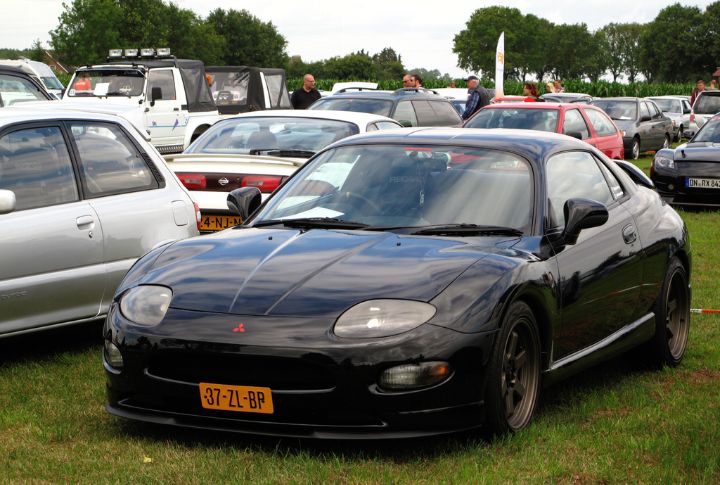
The FTO is a sporty coupe that carved its niche in the 1990s with its unique design, front-mid engine layout, and focus on driver engagement. Unlike many sports cars with front-mounted engines, the FTO’s engine was behind the front axle but ahead of the passenger compartment. This configuration contributed to a more balanced weight distribution and potentially sharper handling, but drivers could only go 125mph.
Lancia Scorpion
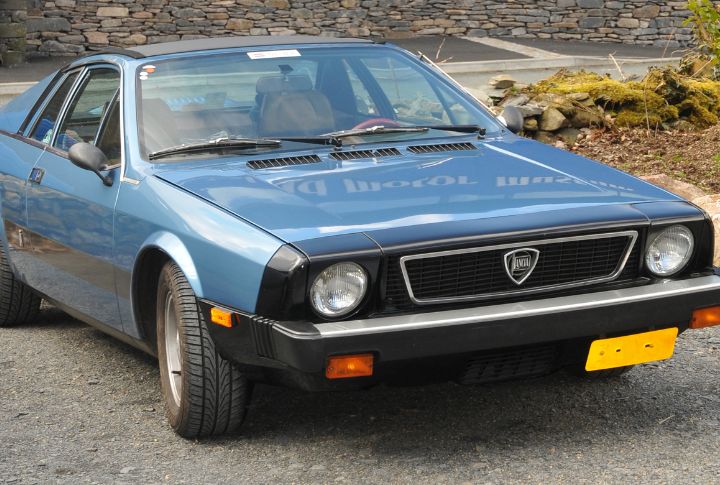
This was a sporty two-seater convertible produced by Lancia from 1976 to 1978. It didn’t make huge sales primarily due to a 1.8L engine with just 81 HP that struggled to reach 62mph in 9 seconds. However, when Lancia made significant modifications to create a more upscale and powerful car, the mid-engine sports car became a sought-after classic for collectors today.
Porsche 914
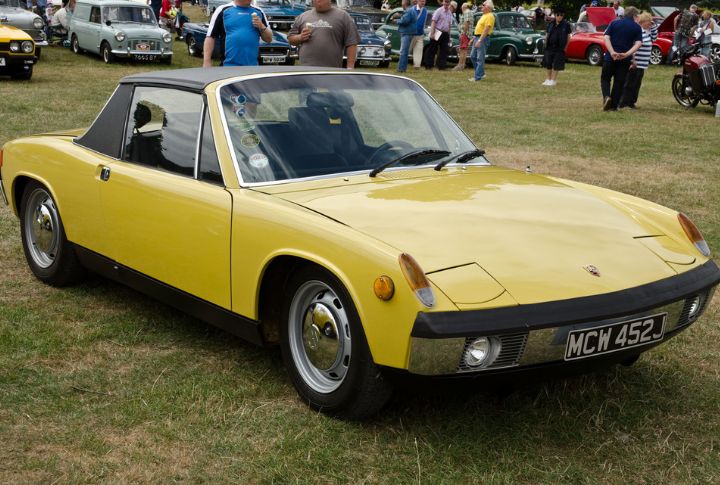
The 914 was born from a joint project between Porsche and Volkswagen to create a more affordable entry-level Porsche. Volkswagen provided the platform and engine options, while Porsche lent its design and handling expertise. Then, they built a mid-engined sports car with air-cooled flat-four engines ranging from 1.7L to 2.0L. However, despite their collaboration, this vehicle could only go up to 115mph.
